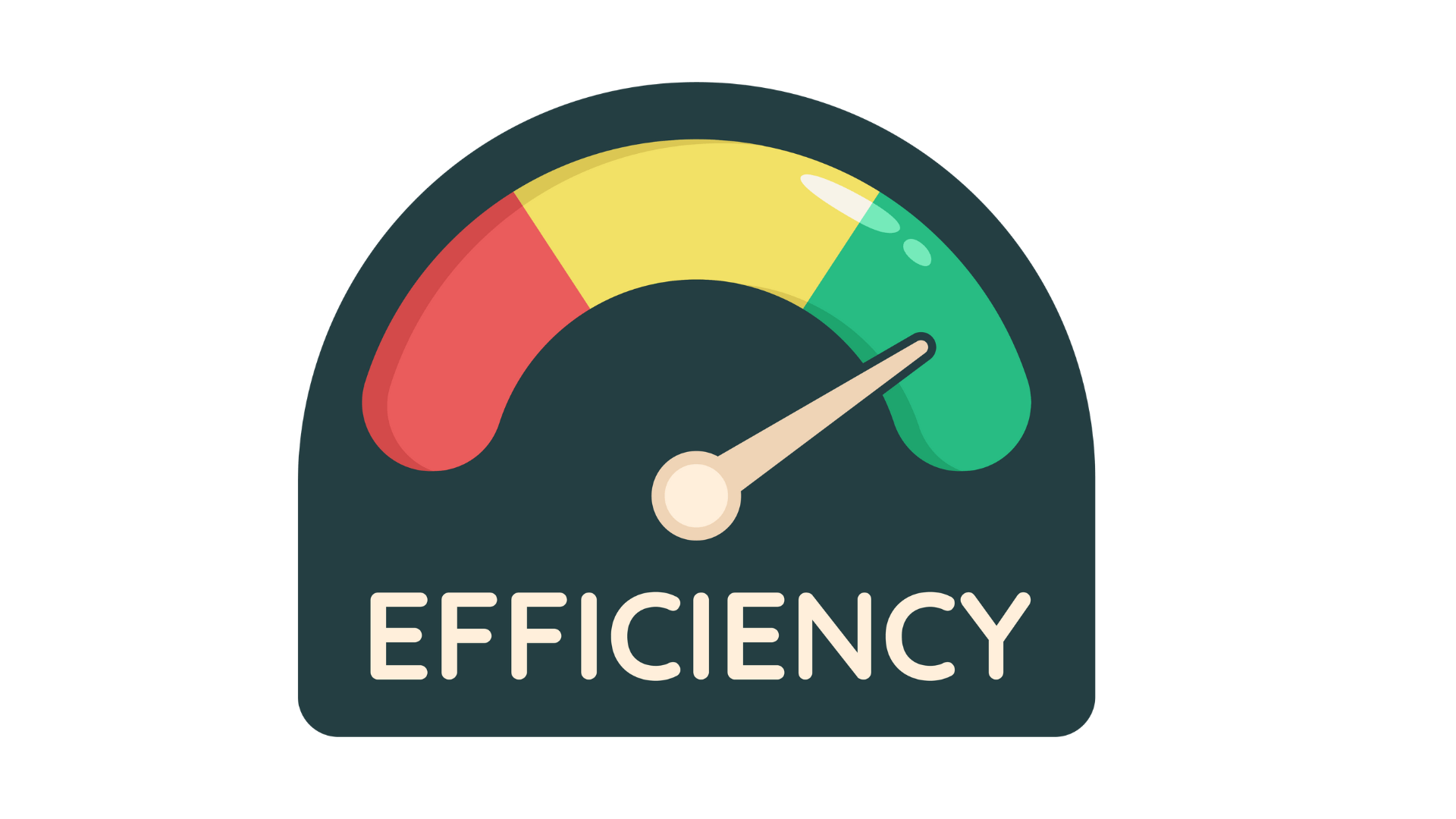Business leaders have long faced an impossible choice: build systems that scale efficiently but leave customers feeling like numbers, or invest in personalized service that builds loyalty but drains resources. Autonomous AI systems are finally breaking this stalemate.
The emerging generation of intelligent agents represents more than incremental automation. These systems create responsive environments capable of recognizing context, adjusting on the fly, and demonstrating care. What emerges is a sweet spot where operational performance meets genuine customer connection through interactions that feel both seamless and emotionally aware.
Redefining What Efficiency Actually Means

The fundamental shift happening now: Speed and cost-cutting remain critical, but they’re insufficient metrics on their own. The new measure of efficiency centers on how rapidly customers feel genuinely heard and valued.
Traditional commerce prioritized the service delivery model, streamlining internal workflows, standardizing processes, and minimizing expenses, often sacrificing relationship quality in the process.
Today’s marketplace rewards something different. Consumers increasingly choose brands that demonstrate understanding, flexibility, and personalized value. The efficiency that drives business success isn’t simply processing transactions faster or cheaper. It’s meeting human needs with precision and speed that customers can feel.
This distinction matters profoundly. Systems that slash costs while creating frustration don’t make you efficient, they make you vulnerable. Research shows roughly one-third of consumers will abandon a brand after a single negative encounter. Meanwhile, analysis reveals customer experience quality has reached historic lows, with barely 3% of companies truly putting customers first.
These aren’t minor operational issues. They’re strategic vulnerabilities created when organizations optimize for their own benefit while neglecting the people they serve.
From Reactive Tools to Proactive Partners
Advanced AI agents differ fundamentally from traditional automation. Rather than following predetermined scripts and waiting for specific triggers, they establish continuous awareness, constantly monitoring, interpreting, and orchestrating responses that balance operational goals with human wellbeing.
Consider this scenario: An AI system detects escalating frustration in a customer interaction. Instead of following rigid protocols, it instantly connects a human specialist while simultaneously providing that agent with contextual coaching, not generic scripts, but guidance tailored to both the agent’s emotional state and the specific situation. The response prioritizes human outcomes alongside business metrics.
The Multiplier Effect of Human-AI Collaboration

When AI enhances employee capabilities by surfacing relevant insights and handling routine tasks, human team members can address issues with greater speed and accuracy. This partnership improves traditional performance indicators like resolution time and first-contact success rates.
More significantly, it elevates human outcomes. Employees experience less stress. Customers leave more satisfied. These improvements create compounding returns.
When human judgment combines with systems that grasp context, sentiment, and relationship dynamics, decisions become both better informed and more empathetic. This isn’t about superficial pleasantness, it’s about precision in understanding what genuinely matters to people.
The economic implications could be substantial. Organizations focused intensely on customer experience demonstrate 41% faster revenue expansion, 49% stronger profit growth, and 51% superior customer retention compared to their less customer-centric competitors.
The Strategic Advantage of Understanding
Companies that excel at combining empathy with operational excellence won’t merely boost satisfaction scores. They’ll unlock entirely new competitive advantages:
Innovation velocity increases because deep user understanding reveals unmet needs and opportunities others miss.
Talent retention improves as supportive, insight-rich work environments attract and keep exceptional people.
Partnership strength grows through proactive anticipation and resolution of stakeholder concerns.
In an age of widespread skepticism toward technology and corporate intentions, empathy functions as a trust accelerator. When organizational systems demonstrably prioritize human needs, they build social capital. During economic turbulence, this trust provides insulation against competitive pressures and market shocks.
Building the Foundation for Emotional Intelligence at Scale

Achieving empathetic operations requires more than deploying new tools. It demands fundamental rethinking of how organizations balance efficiency with emotional awareness. This means:
- Designing systems where human outcomes carry equal weight with operational metrics
- Training teams to collaborate with AI in ways that amplify human insight
- Recognizing that three elements must work together: effectiveness, efficiency, and emotional intelligence
All three factors matter, but they create maximum value when they generate loyalty rather than mere cost savings. Empathy, woven into every system and decision, becomes the engine of sustainable value creation.
The New Competitive Reality
In markets where technology can deliver virtually anything, differentiation doesn’t come from capability, it comes from understanding. The organizations positioned to dominate will be those proving they can scale both efficiency and empathy simultaneously.
This isn’t philanthropy disguised as strategy. It’s recognizing that genuine care, delivered at scale through intelligent systems, represents the most sophisticated form of efficiency. When you understand deeply what should be done, not just what can be done, empathy transforms from a soft skill into a hard competitive advantage.
That’s the future of business: where technology and humanity don’t compete, but amplify each other to create value impossible to achieve with either alone.
Frequently Asked Questions
Q: What’s the difference between traditional automation and agentic AI in customer service?
A: Traditional automation follows fixed scripts and predetermined workflows—it waits for specific triggers and responds the same way every time. Agentic AI creates a continuous sensing layer that monitors context, detects emotional cues, and adapts responses in real-time. Instead of following rigid rules, it orchestrates personalized experiences that balance operational efficiency with human needs.
Q: Won’t focusing on empathy slow down operations and increase costs?
A: This is a common misconception. Empathetic experiences actually improve efficiency when done right. When customers feel understood quickly, interactions resolve faster with fewer escalations and repeat contacts. When employees receive AI-powered support that reduces stress, they handle issues more effectively. The research shows customer-focused organizations achieve 41% faster revenue growth and 51% better retention—empathy drives profitability, not expenses.
Q: How can AI systems actually demonstrate empathy if they don’t have feelings?
A: AI doesn’t need to feel emotions to enable empathetic experiences. It can detect patterns in language, tone, and behavior that indicate human emotional states, then orchestrate appropriate responses. For example, recognizing rising frustration and connecting the right human specialist with contextual coaching. The AI serves as an intelligence layer that helps humans deliver more empathetic interactions at scale.
Q: What specific metrics should companies track to measure empathetic customer experiences?
A: Beyond traditional KPIs like handle time and resolution rates, companies should monitor customer satisfaction scores, emotional sentiment analysis during interactions, repeat contact rates, customer retention, employee stress levels, and net promoter scores. The key is tracking both operational metrics and human outcomes together, effectiveness, efficiency, and emotional intelligence all matter equally.
Q: How do we start implementing emotionally intelligent AI in our organization?
A: Begin by auditing current customer pain points where people feel misunderstood or frustrated. Identify high-stress interactions where AI could provide real-time support to human agents. Train teams on human-AI collaboration before deploying new tools. Most importantly, shift your organizational mindset to prioritize human outcomes alongside operational metrics, technology alone won’t create empathetic experiences without this cultural foundation.



